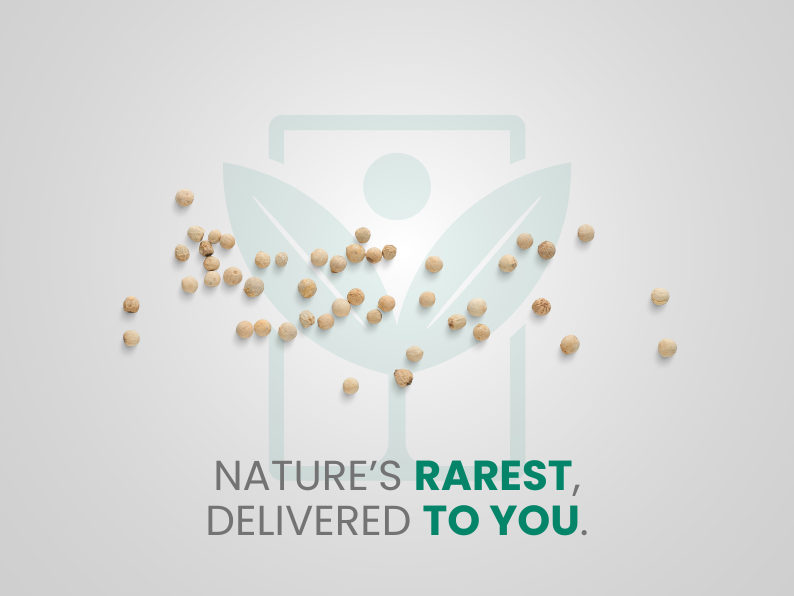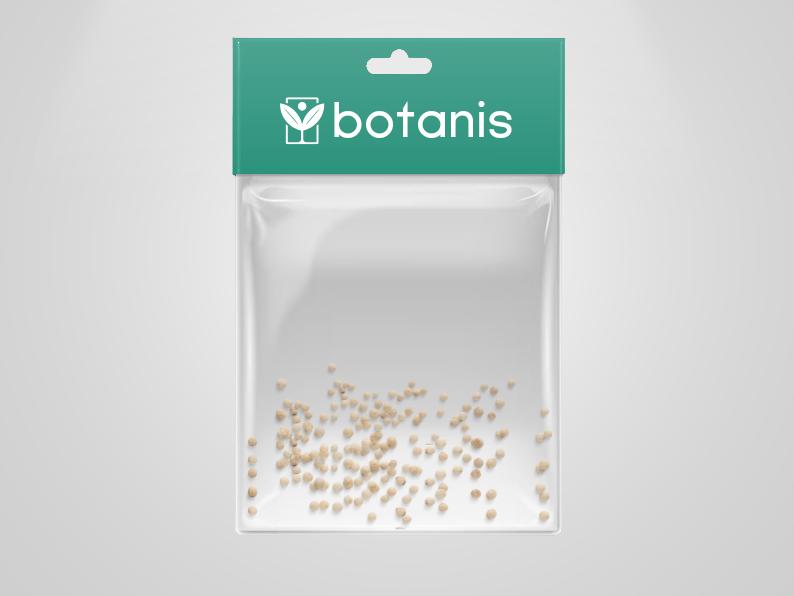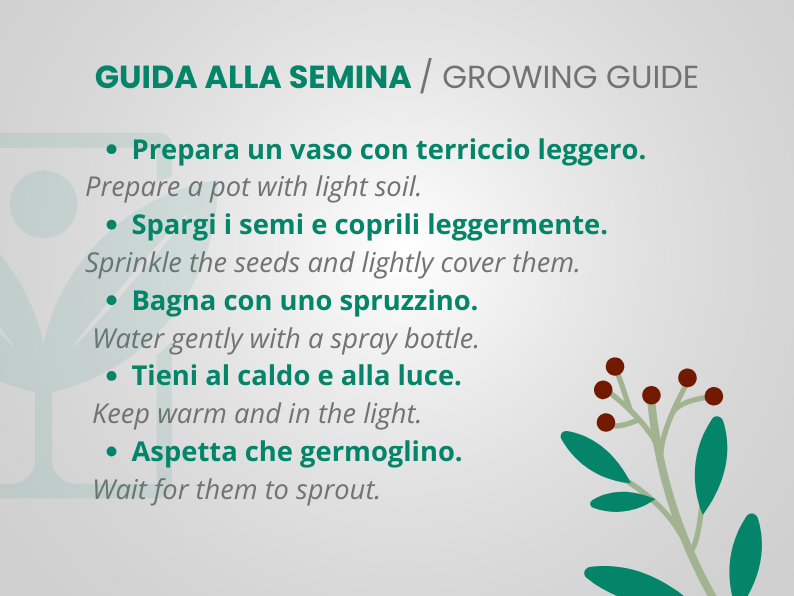10 seeds of ANDRAECUM - ORCHID - orchid - high quality top selected seeds
Shipping time: 3-5 business days
Use code " BOTANIS10 " for a 10% welcome discount!
Free shipping: on orders over €39!
Couldn't load pickup availability

Description
Description
Most species of Angraecum are epiphytes, some are lithophytes. They have aerial roots, of fleshy consistency, grouped at the base of the stem in species with short stems, or along the stem, interspersed with the leaves, in species with longer stems. The roots can be covered by a radical veil called velamen, composed of empty cells permeable to water, which allows the plant to absorb atmospheric humidity and, in some species, to carry out a photosynthetic activity, thanks to the presence of chloroplasts.[2]
Like all Angraecinae, they do not have pseudobulbs and have stems with monopodial growth, that is, they have only one vegetative "foot". The stem can be only a few centimetres long, as for example in A. minus, or reach several metres in length, as in A. infundibulare. In most species it grows vertically, but in some species it can detach itself horizontally from the host plant or assume a hanging position.[3]
The flowers, very fragrant especially during the night, are gathered in racemose inflorescences that originate from the leaf axils, and are white in most species, but in some species they can be yellow, light green or ochre. A characteristic element of the genus is the long spur present at the base of the labellum, which in some species can exceed 30 cm.[4]
Reproduction
Most Angraecum species reproduce thanks to entomophilous pollination by nocturnal butterflies of the Sphingidae family.[5]. Paradigmatic of this close coevolutionary interdependence is the case of the so-called "Darwin's orchid" (A. sesquipedale), a species characterized by a spur about 30 cm long, for which Charles Darwin postulated the existence of a pollinating insect equipped with a proboscis of similar dimensions[6]. About 40 years after the formulation of such a hypothesis, it was actually discovered that the pollinator was a sphingid, Xanthopan morganii, equipped with a proboscis of corresponding dimensions[7].
Some endemic species of the Mascarene Islands (A. bracteosum, A. striatum), characterised by non-scented flowers with small spurs, have a reproduction mechanism linked instead to ornithogamous pollination, carried out by birds of the Zosteropidae family (Zosterops borbonicus, Z. olivaceus).
Another endemic species of the Mascarene, A. cadetii, also with non-scented flowers and a small spur, owes its pollination, a unique case among the orchidaceae, to a cricket, Glomeremus orchidophilus of the Gryllacrididae family.







